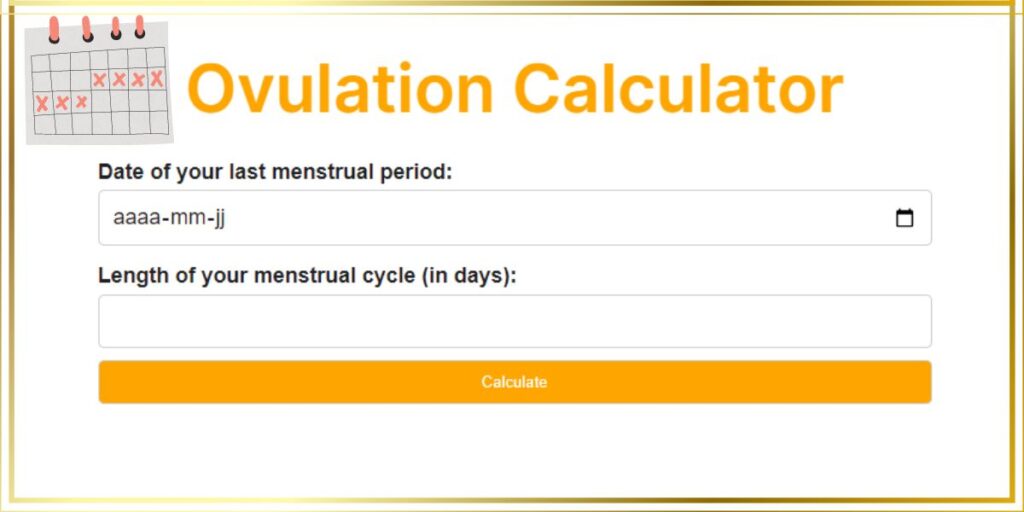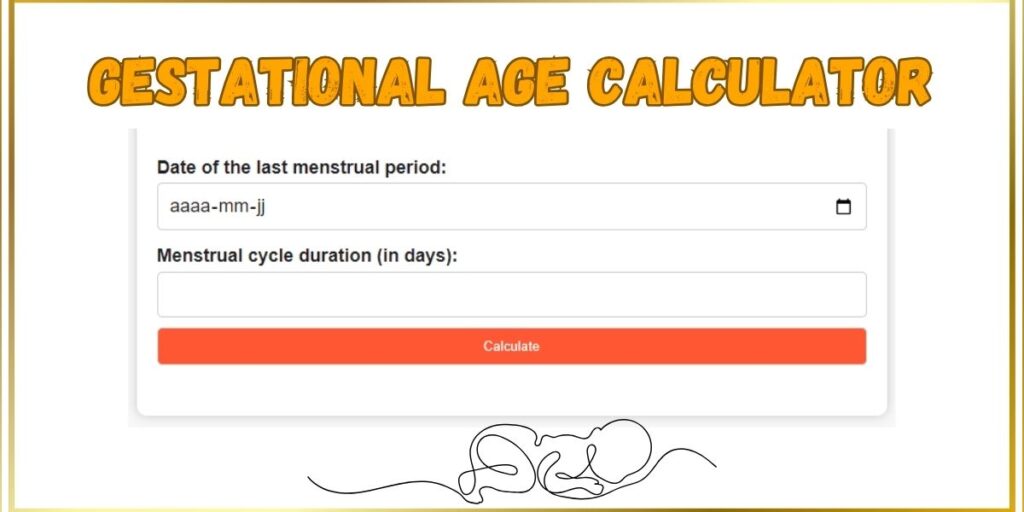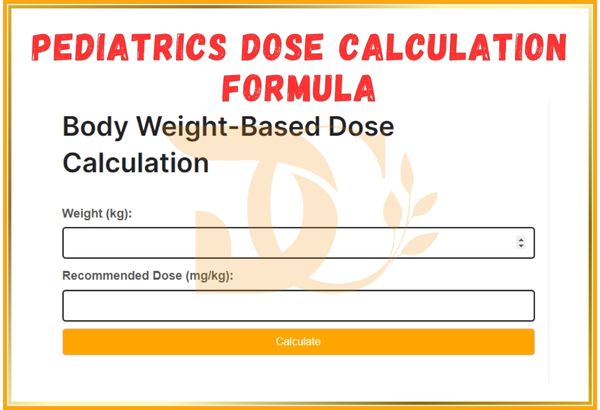Renal function, specifically glomerular filtration rate (GFR), is a crucial measure of kidney function. There are several Renal Function Calculator formulas used to estimate GFR. The most commonly used formula is the Modification of Diet in Renal Disease (MDRD) equation. Normal GFR varies according to sex, age, and body size, and declines with age.
GFR By Age Calculator
Renal Function Calculator (MDRD Equation)



Renal Function Calculator Formula
MDRD Equation Renal Function Calculator Formula:
- GFR (mL/min/1.73 m²) = 175 × (Serum Creatinine)^(-1.154) × (Age)^(-0.203) × (0.742 if female) × (1.212 if African American)
Note: Serum creatinine is measured in mg/dL.
What Your Glomerular Filtration Rate GFR Result Means
Optimal kidney function is typically associated with a GFR of approximately 100, indicating that the kidneys are functioning at full capacity. Generally, a GFR value of 90 or higher is within the normal range, indicating normal kidney function.
Conversely, if your GFR registers at 45, it suggests that your kidneys are operating at roughly 45% of their expected efficiency.

FAQ
What should my GFR be for my age?
The ideal GFR (Glomerular Filtration Rate) can vary depending on several factors, including age, gender, and overall health. In general, GFR tends to decrease with age, but individuals can still vary in what they consider a “normal” GFR.
Here is a rough guideline for normal GFR values based on age:
- Generally, we consider a GFR of 90 or higher as normal for adults.
- GFR values between 60 and 89 may be within the normal range but could indicate mild kidney dysfunction or age-related decline.
- A GFR below 60 often indicates kidney dysfunction and further evaluation may be necessary.
How do you calculate renal function tests?
Renal function tests are performed through blood and urine tests, including serum creatinine, blood urea nitrogen (BUN), glomerular filtration rate (GFR) calculation, and various urine tests. These tests provide valuable information about kidney function and health. Interpretation and diagnosis should be done by a healthcare professional.
What is a good GFR for a 70-year-old?
For a 70-year-old, a good GFR is typically above 60 mL/min/1.73 m², but individual health factors can influence this assessment. Consult a healthcare provider for personalized guidance.
How do you calculate GFR at home?
You cannot directly calculate GFR at home; it requires laboratory tests and specific equations. However, you can estimate it using online calculators with your serum creatinine level, age, gender, and, if applicable, ethnicity.
Note:
Keep in mind that these formulas are used to estimate GFR and may not provide a completely accurate representation of an individual’s kidney function. Actual GFR can vary depending on various factors, and direct measurement through methods like inulin clearance or radioisotope scanning is more accurate but less practical.
It’s important to consult with a healthcare professional for an accurate assessment of renal function and the interpretation of GFR values in the context of a person’s overall health and medical history.



Leave a Reply